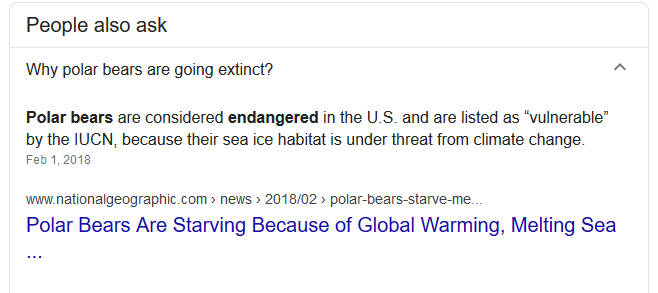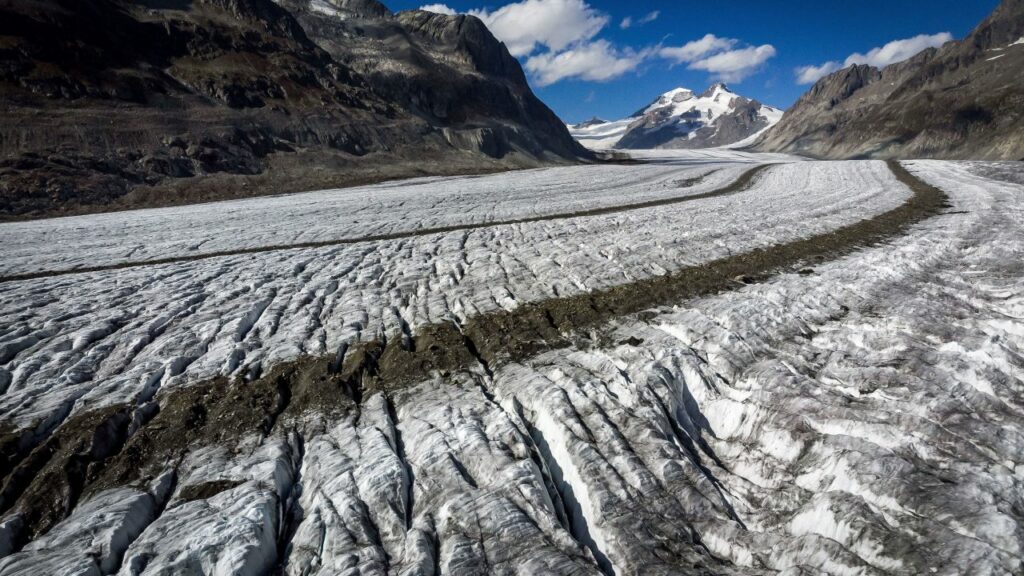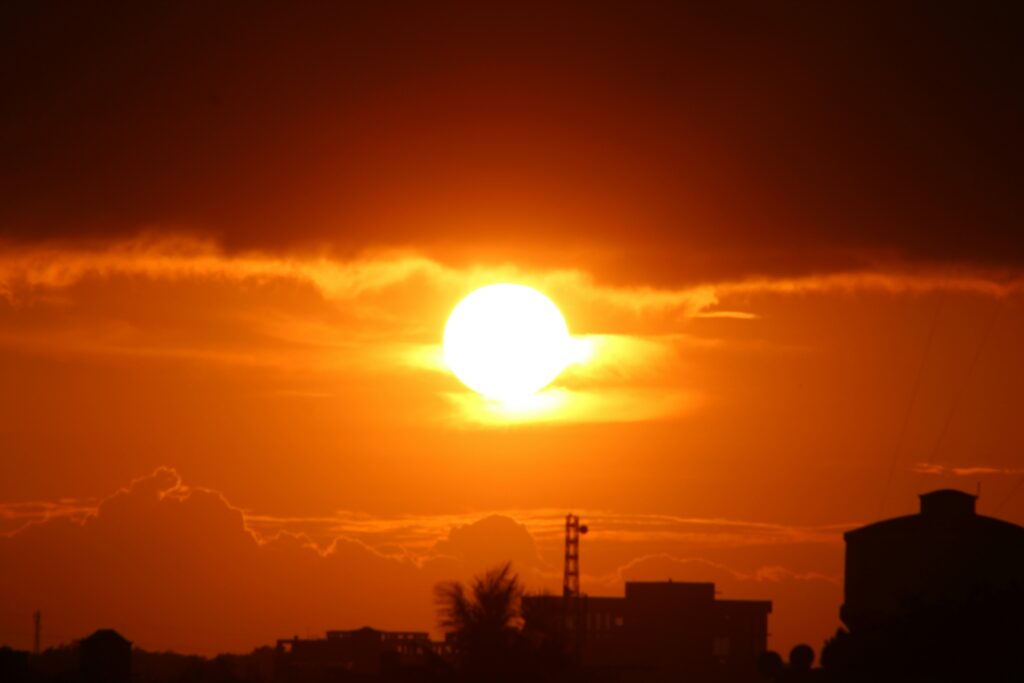It’s apparently such a common Google query that if you search “Polar bears” it’s the first “People also ask” option. Google may or may not be much use at pointing to the answer, however, because the numbers show they’re not.  Instead the population is growing fairly fast. In 1960 there were an estimated 10,000 polar bears around the Arctic. Today there are “only” (as the World Wildlife Fund puts it) between 22,000 and 31,000 left. At this rate we’ll be extinct before the polar bears are.
Instead the population is growing fairly fast. In 1960 there were an estimated 10,000 polar bears around the Arctic. Today there are “only” (as the World Wildlife Fund puts it) between 22,000 and 31,000 left. At this rate we’ll be extinct before the polar bears are.
There was an interval from the late 1990s to about 2012 when summertime Arctic sea ice declined year by year, leading to a cacophony of forecasts about the imminent demise of the Arctic ice cap and with it, the cuddly iconic polar bears. People jumped to the conclusion that since bears hunt on Spring sea ice, the loss of sea ice would mean the third horseman was coming for these charming-at-a-safe-distance apex predators. But nature is complicated and bears are adaptable.
In fact, as zoologist Susan Crockford has bravely pointed out, polar bear numbers went up after 2010, defying all the doomsters. We say “bravely” because Dr. Crockford not long ago was unceremoniously dismissed from the University of Victoria when local activists kicked up a stink about her vocal dissent from polar bear alarmism; the fact that she had all the data on her side didn’t apparently count for much at UVic. So the news is good for polar bears, and one day you might even learn about it on Google. Just don’t say it too loud if you’re a scientist and don’t want your job to go extinct.


